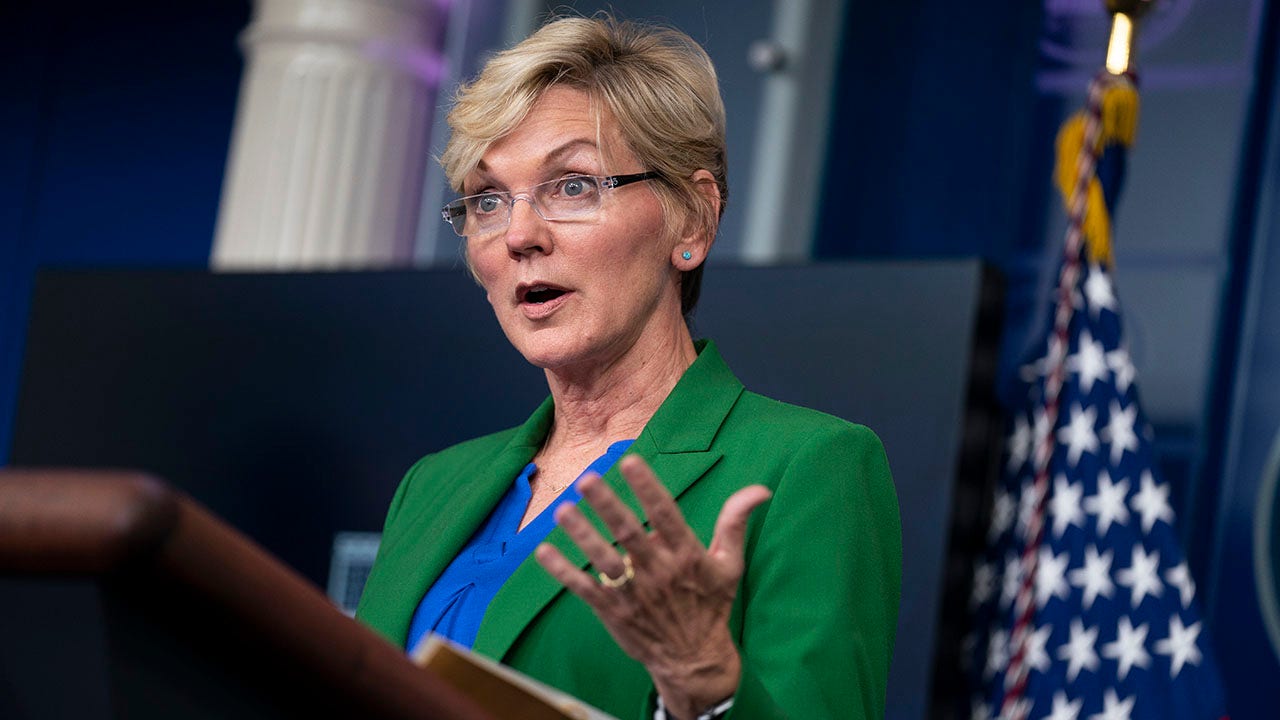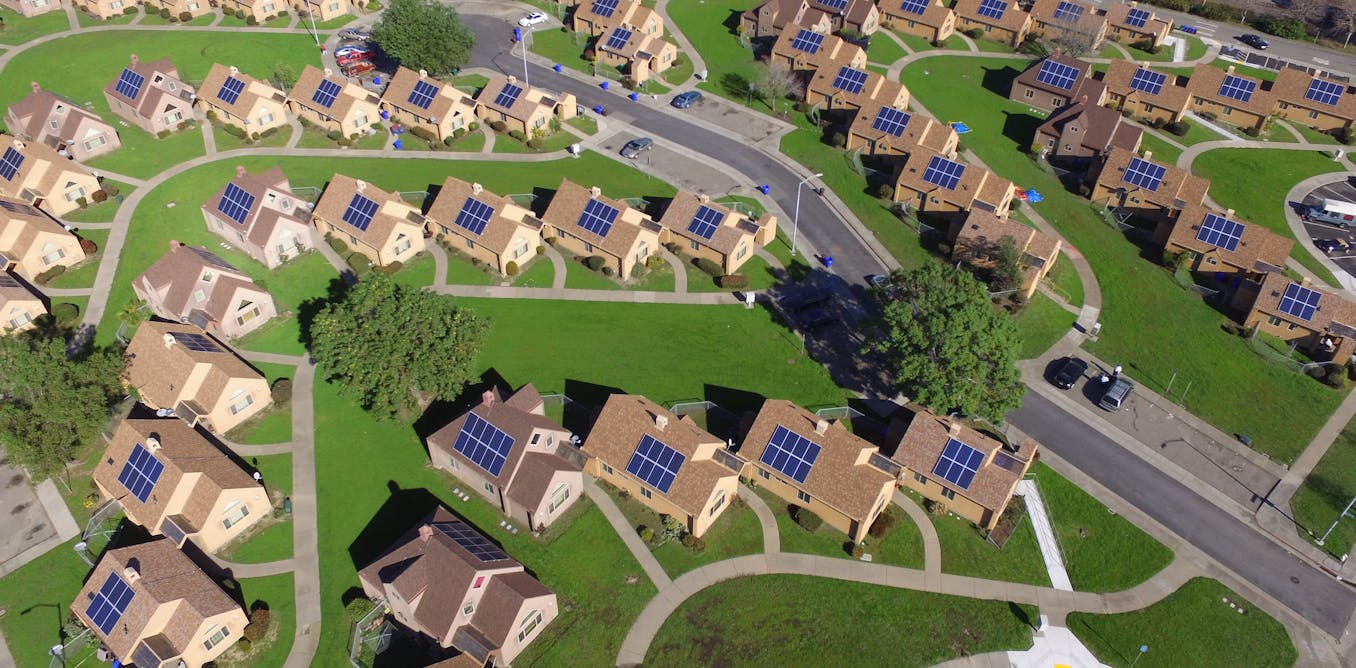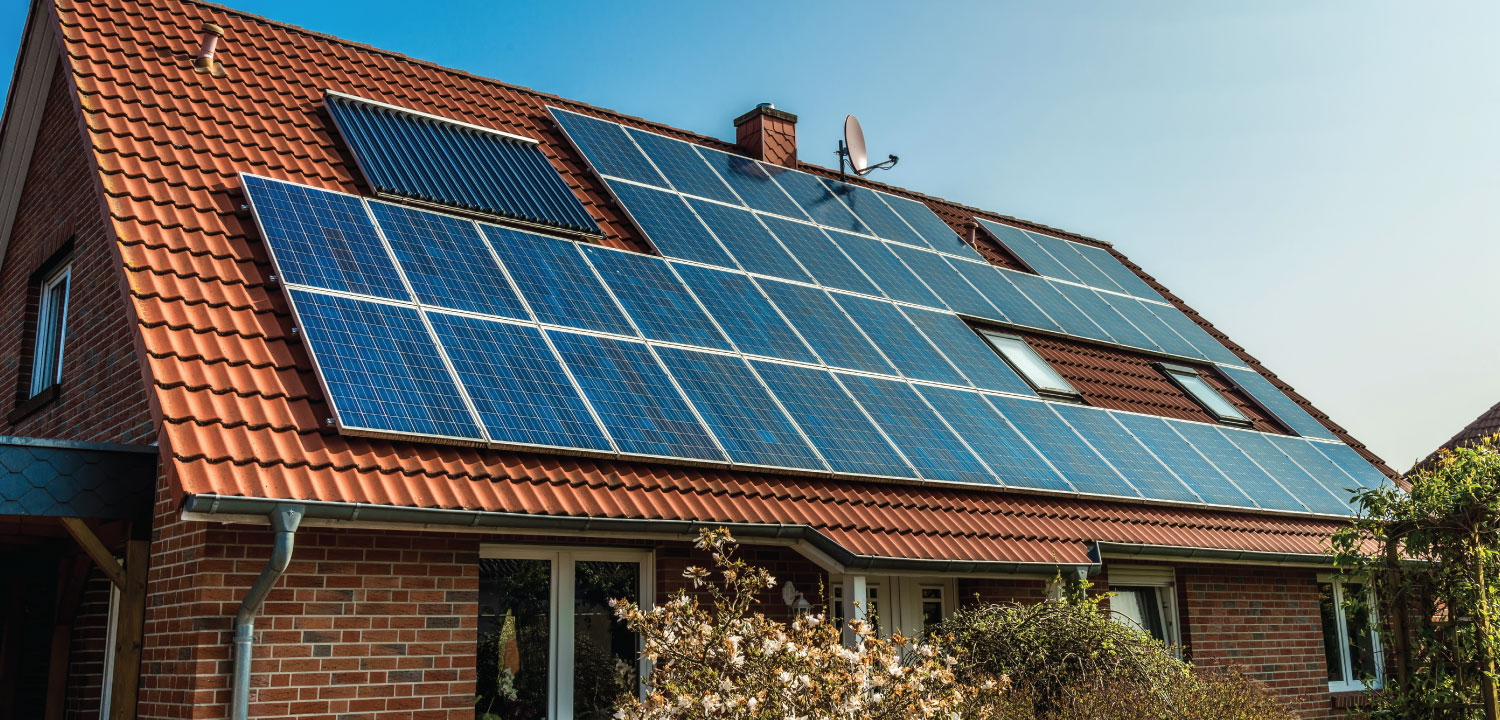SassyIrishLass
Diamond Member
- Mar 31, 2009
- 95,378
- 72,236
- 3,605
- Thread starter
- #41
So why are you fascists triggered by solar farms?
I mean, aside from the fact that your cult leaders told you to get triggered, and authoritarian-follower lackeys like you always obey. Aside from the obvious.
Lol.... just lol. You're never to be taken seriously







